Tadao Ando brings signature simplicity to the condo for his NYC debut
Tadao Ando’s seven-storey, seven-residence condominium 152 Elizabeth Street in Manhattan’s Nolita district is an intimate tower with an ‘urban shakkei’
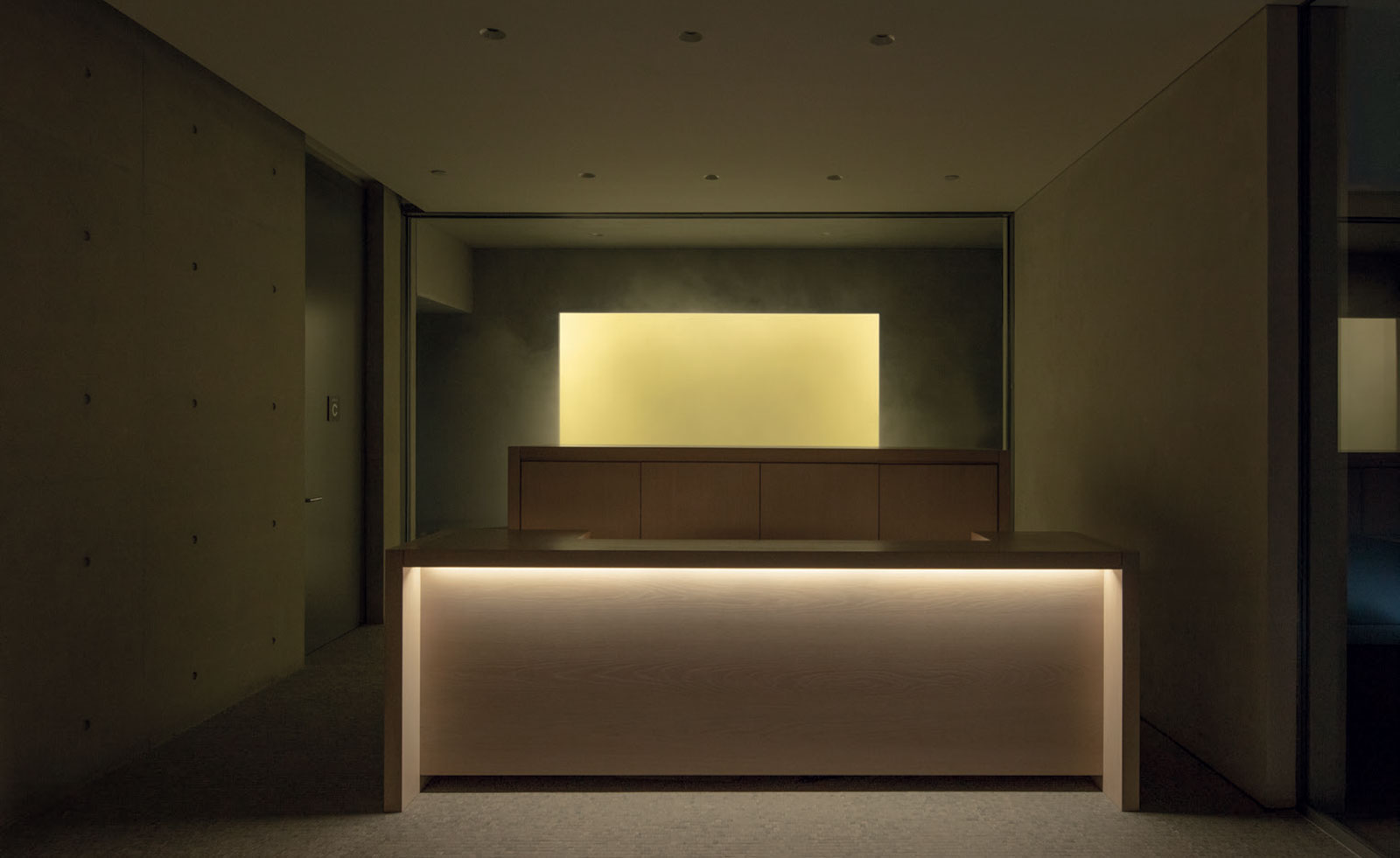
The architecture boom that has gripped New York City for the past several years has left many indelible marks on the city’s skyline. Buildings by almost every big-name architect jostle with each other for breathing room on Manhattan’s western waterfront, and designing a towering New York landmark is now de rigueur for a Pritzker Prize-winning architect. Yet for his first project in the Big Apple, Tadao Ando opted to create something on a significantly smaller scale.
The Japanese architect’s seven-storey, seven-residence condominium, 152 Elizabeth Street, stands on a busy thoroughfare in Manhattan’s Nolita district. Instigated by the development firm Sumaida + Khurana and located on the site of a former garage, the concrete-and-glass structure took more than two years to construct. The newly completed building’s succinct design seamlessly brings together several Ando signatures.
There are the grandiose bodies of poured-in-place concrete, elegantly detailed with circular formwork ties. Wide glass panels wrap the building on all sides and levels, producing an ethereal counterpoint to the stately concrete. These are brought together by beams of burnished metal, which form the structural skeleton of the building. A final exterior flourish, a green wall on the southern façade, brings a dash of nature to the built-up urban landscape.
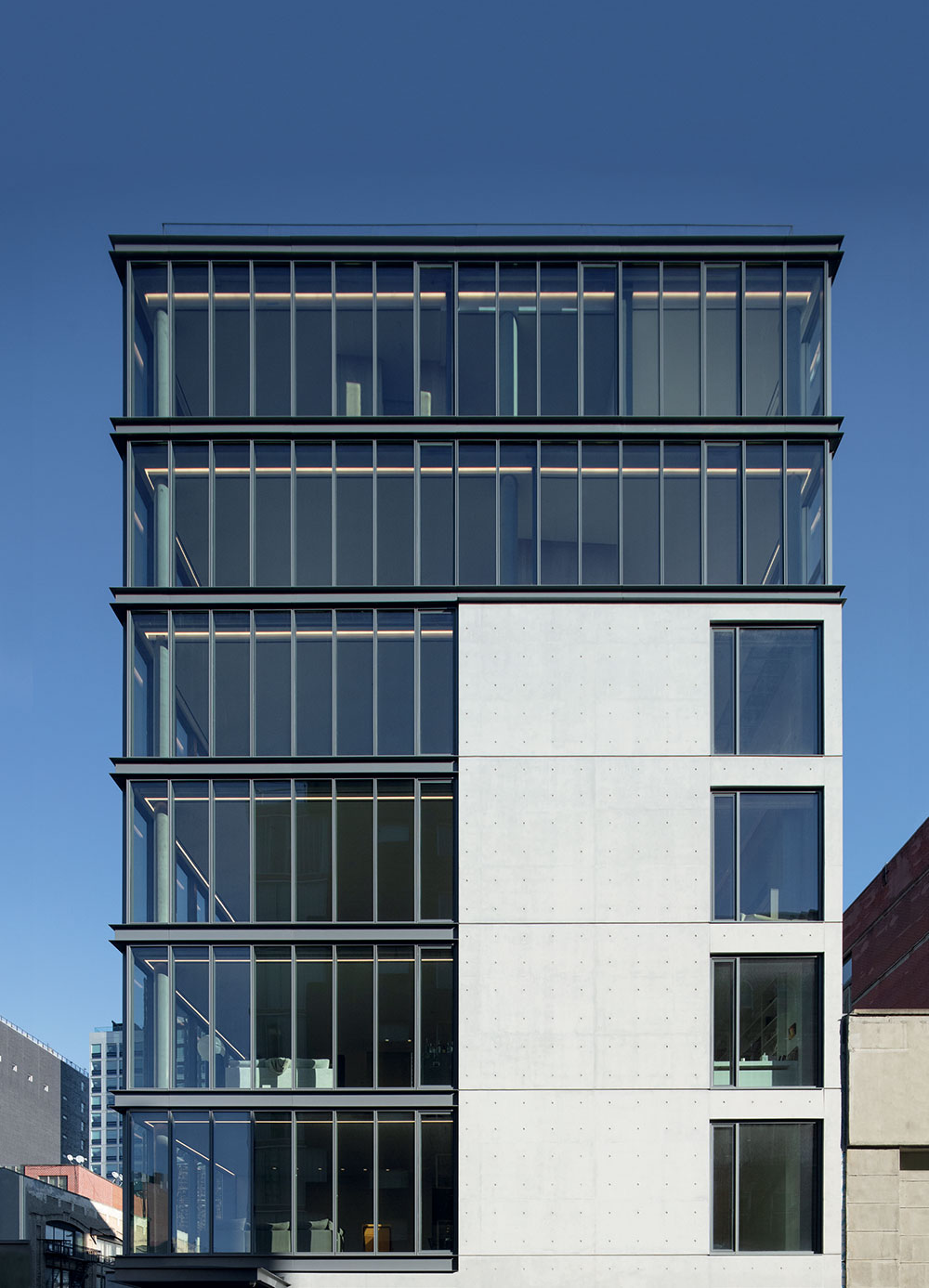
The side façade features Ando’s trademark poured-in-place concrete panels, adorned with the evenly spaced holes left by Formwork. Floor-to-ceiling windows, outlined in slim mullion frames, and fitted with airport-quality glass, block outside noise.
‘I wanted to use traditional building materials of this century – concrete, glass and metal,’ explains Ando. ‘I tried to make something unique with commonly found materials, a building that did not overpower the characteristics of surrounding buildings. I imagined a quiet place, where you could retreat from the hectic pace of urban life and be greeted by the sound of a water wall and a calmness once you enter the building.
For Ando, this meant incorporating echoes of earlier projects. At the entrance, a fog installation, a collaboration with Gabellini Sheppard Associates, adds an ephemeral mist – a reference to the public work, Silence, he created with Blair Associates at Carlos Place in London. Inside, a water wall flanks one side of the lobby, while a light slot, similar to the glass lengths Ando created for the Church of Light in Osaka, allows natural light to peek through. ‘The lobby was really thought of as a cocoon,’ says Sumaida + Khurana’s co-founder Amit Khurana, ‘a spatial experience.’
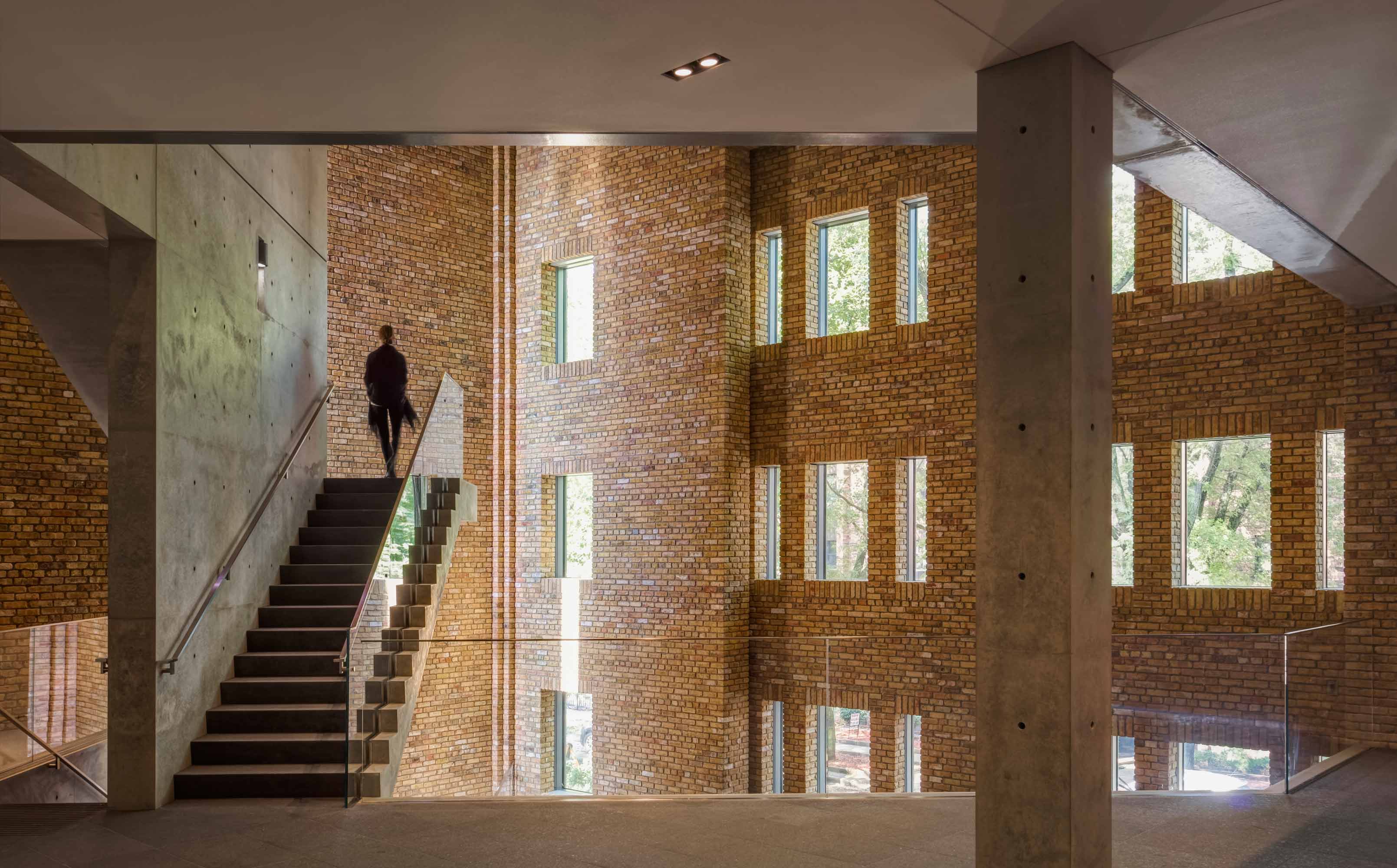
This same sensitivity continues into the apartments above, with interiors designed by Michael Gabellini of Gabellini Sheppard Associates. From the sharply cut-out reveals that outline the architectural features, imbuing a feeling of suspension, to the Dinesen oak floorboards and monolithic kitchen islands, there is no lack of showstoppers here. As a backdrop to all this, each of the expansive windows showcases a view of the city around it.
‘In traditional Japanese architecture, shakkei [incorporating the background landscape in a design] is often used as a way of framing nature and creating a permeable boundary between interior and exterior,’ says Ando. ‘New York seemed to be the perfect location for an urban shakkei.’

The entrance lobby also features a section of the water wall in the vestibule, grey granite mosaic floors and custom lighting by Cooley Monato.
Witnessing Ando’s deft hand at this intimate scale is what makes the project memorable. For Khurana and his business partner Saif Sumaida, who are committed to working with their favourite architects, especially if they have yet to build in New York, it is all part of creating a new paradigm in real-estate development. The firm is currently developing Álvaro Siza’s first tower in New York on West 56th Street with the real-estate firm Leny.
At 152 Elizabeth Street, says Sumaida, ‘we had a hand in the original vision and the actual construction, so our role was very fulfilling’. It was the firm’s deep understanding of architecture that ultimately won Ando over. ‘I told him we wanted to build something that is not about marketing,’ Khurana recalls. ‘We wanted it to be about pure design.’
‘I was intrigued because the project site and its scale were just right, and rather opposite of the extreme skyscraper building rush taking place in New York,’ says Ando, adding that the project also reflects a key design philosophy: ‘I believe understanding and designing a house or an apartment is the core of architectural design. Without privacy, there is no public.’ §
As originally featured in the January 2019 issue of Wallpaper* (W*238)
INFORMATION
For more information, visit the Tadao Ando website and the 152 Elizabeth Street website
Wallpaper* Newsletter
Receive our daily digest of inspiration, escapism and design stories from around the world direct to your inbox.
Pei-Ru Keh is a former US Editor at Wallpaper*. Born and raised in Singapore, she has been a New Yorker since 2013. Pei-Ru held various titles at Wallpaper* between 2007 and 2023. She reports on design, tech, art, architecture, fashion, beauty and lifestyle happenings in the United States, both in print and digitally. Pei-Ru took a key role in championing diversity and representation within Wallpaper's content pillars, actively seeking out stories that reflect a wide range of perspectives. She lives in Brooklyn with her husband and two children, and is currently learning how to drive.
-
 Marylebone restaurant Nina turns up the volume on Italian dining
Marylebone restaurant Nina turns up the volume on Italian diningAt Nina, don’t expect a view of the Amalfi Coast. Do expect pasta, leopard print and industrial chic
By Sofia de la Cruz
-
 Tour the wonderful homes of ‘Casa Mexicana’, an ode to residential architecture in Mexico
Tour the wonderful homes of ‘Casa Mexicana’, an ode to residential architecture in Mexico‘Casa Mexicana’ is a new book celebrating the country’s residential architecture, highlighting its influence across the world
By Ellie Stathaki
-
 Jonathan Anderson is heading to Dior Men
Jonathan Anderson is heading to Dior MenAfter months of speculation, it has been confirmed this morning that Jonathan Anderson, who left Loewe earlier this year, is the successor to Kim Jones at Dior Men
By Jack Moss
-
 Giant rings! Timber futurism! It’s the Osaka Expo 2025
Giant rings! Timber futurism! It’s the Osaka Expo 2025The Osaka Expo 2025 opens its microcosm of experimental architecture, futuristic innovations and optimistic spirit; welcome to our pick of the global event’s design trends and highlights
By Danielle Demetriou
-
 2025 Expo Osaka: Ireland is having a moment in Japan
2025 Expo Osaka: Ireland is having a moment in JapanAt 2025 Expo Osaka, a new sculpture for the Irish pavilion brings together two nations for a harmonious dialogue between place and time, material and form
By Danielle Demetriou
-
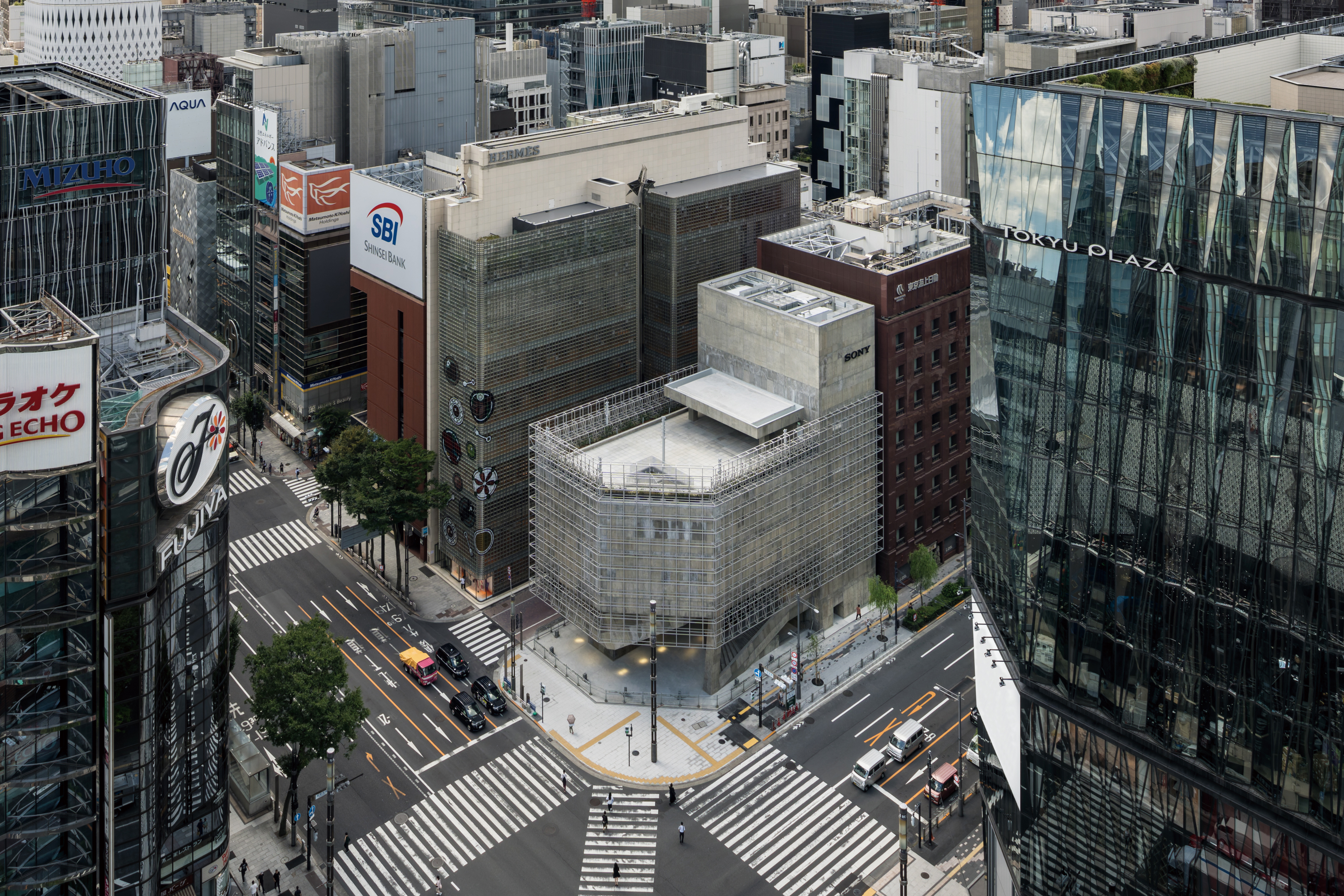 Tour the brutalist Ginza Sony Park, Tokyo's newest urban hub
Tour the brutalist Ginza Sony Park, Tokyo's newest urban hubGinza Sony Park opens in all its brutalist glory, the tech giant’s new building that is designed to embrace the public, offering exhibitions and freely accessible space
By Jens H Jensen
-
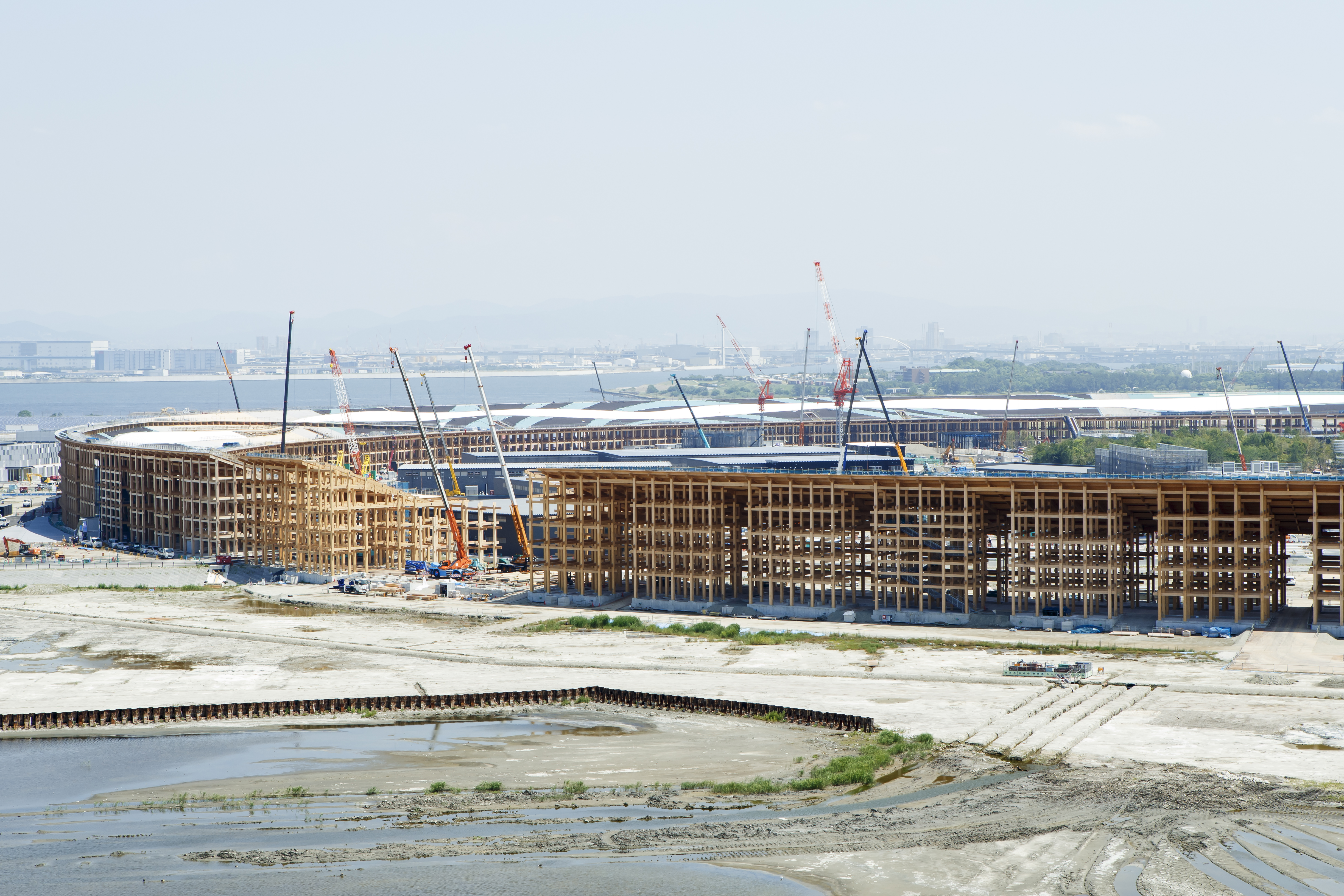 A first look at Expo 2025 Osaka's experimental architecture
A first look at Expo 2025 Osaka's experimental architectureExpo 2025 Osaka prepares to throw open its doors in April; we preview the world festival, its developments and highlights
By Danielle Demetriou
-
 Ten contemporary homes that are pushing the boundaries of architecture
Ten contemporary homes that are pushing the boundaries of architectureA new book detailing 59 visually intriguing and technologically impressive contemporary houses shines a light on how architecture is evolving
By Anna Solomon
-
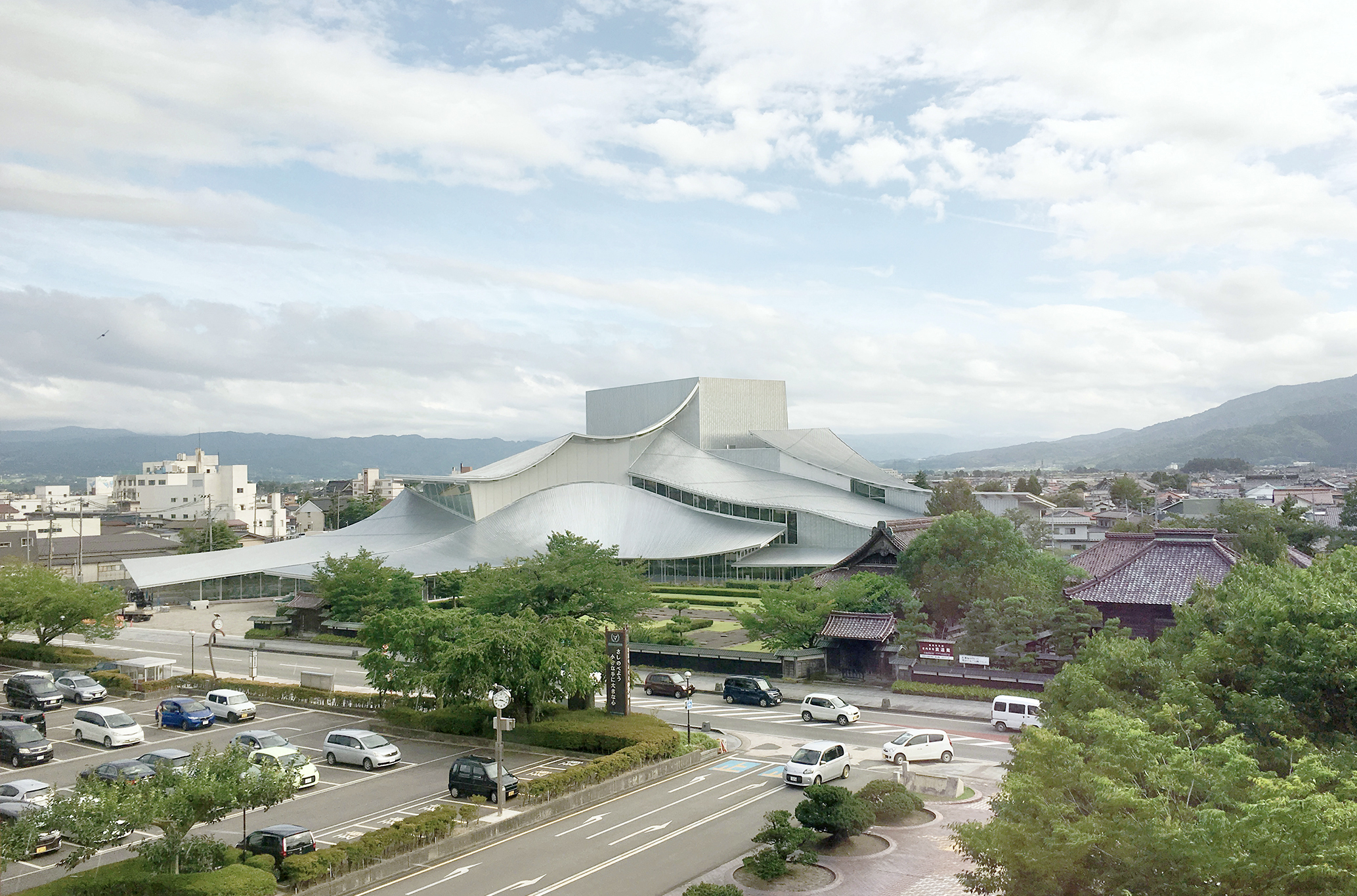 And the RIBA Royal Gold Medal 2025 goes to... SANAA!
And the RIBA Royal Gold Medal 2025 goes to... SANAA!The RIBA Royal Gold Medal 2025 winner is announced – Japanese studio SANAA scoops the prestigious architecture industry accolade
By Ellie Stathaki
-
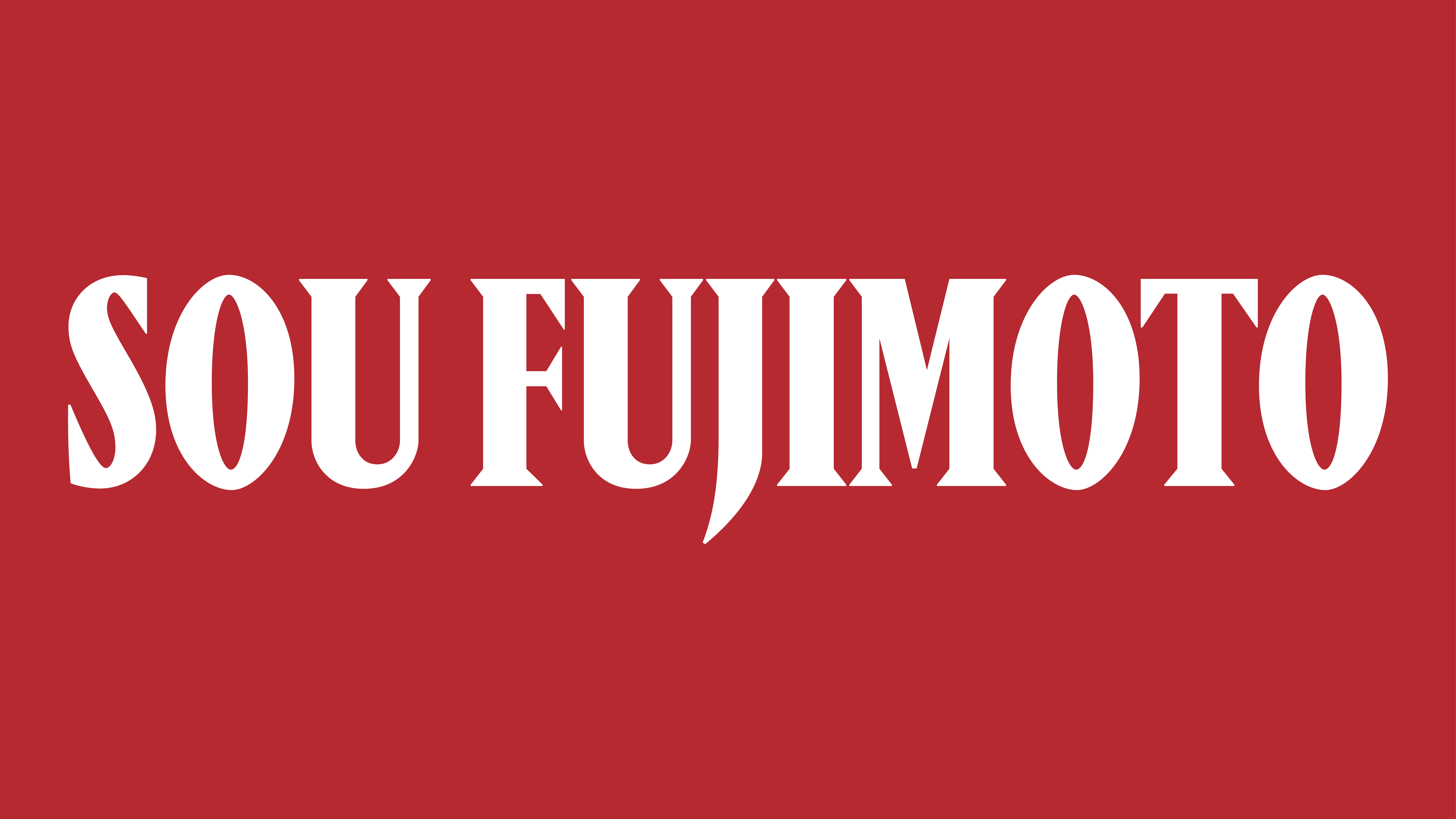 Architect Sou Fujimoto explains how the ‘idea of the forest’ is central to everything
Architect Sou Fujimoto explains how the ‘idea of the forest’ is central to everythingSou Fujimoto has been masterminding the upcoming Expo 2025 Osaka for the past five years, as the site’s design producer. To mark the 2025 Wallpaper* Design Awards, the Japanese architect talks to us about 2024, the year ahead, and materiality, nature, diversity and technological advances
By Sou Fujimoto
-
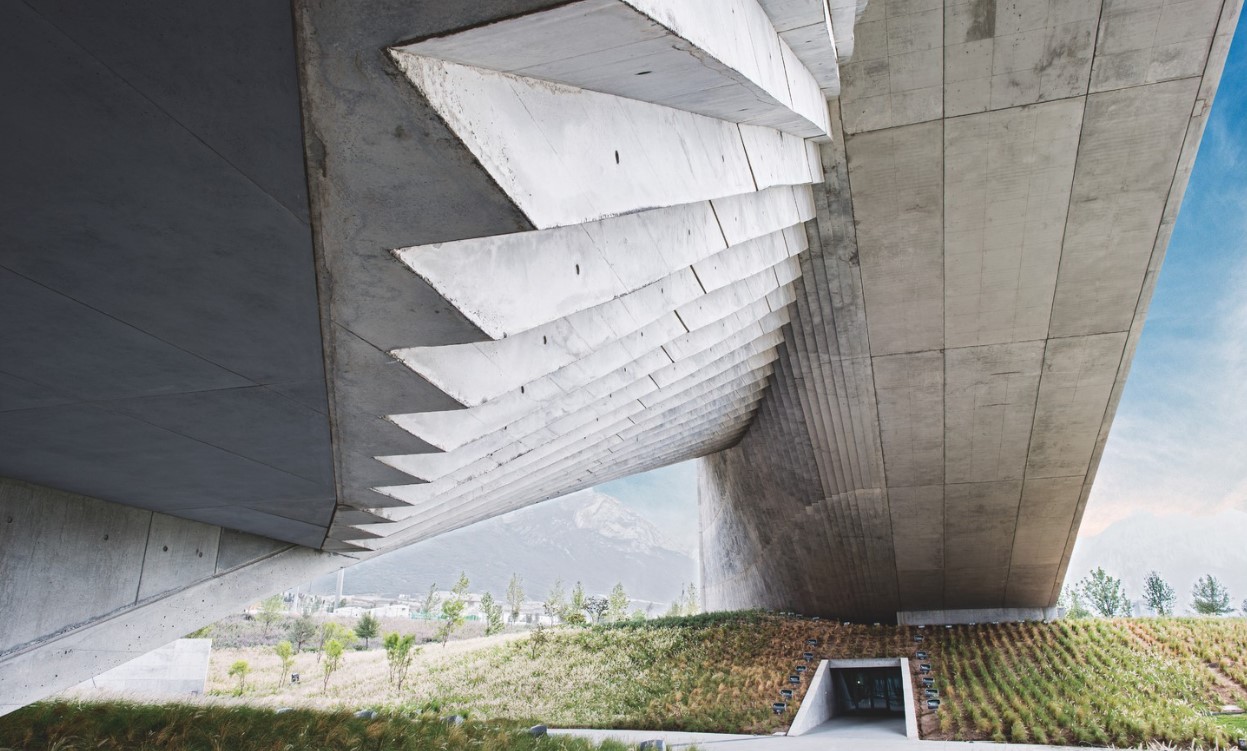 Tadao Ando: the self-taught contemporary architecture master who 'converts feelings into physical form’
Tadao Ando: the self-taught contemporary architecture master who 'converts feelings into physical form’Tadao Ando is a self-taught architect who rose to become one of contemporary architecture's biggest stars. Here, we explore the Japanese master's origins, journey and finest works
By Edwin Heathcote